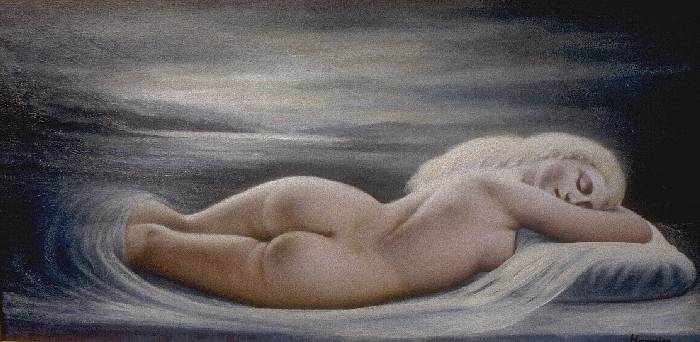

Laser Skin Resurfacing
Treatment of Facial Wrinkling & Scars
The developmentof laser technology is one of the most exciting and innovative scientific achievements to have come along in the past few decades. The principles of the laser were originally presented by Albert Einstein in the early 1900's. Since that time, scientists have developed several types of lasers which are used for a variey of purposes. One of the most recent is the ultrapulse carbon dioxide (CO2) laser that is used to treat sun damaged skin, facial wrinkles and scars in a procedure called laser skin resurfacing.
What is a Laser What Areas Can Be Treated What Are The Benefits Before Surgery The Procedure What Results Can You Expect What Risks Are Involved
The word "laser" is an acronym which stands for Light Amplification by the Stimulated Emission of Radiationor light that is produced in a certain way. A surgical laser such as the CO2 laser is a beam of light capable of removing unwanted tissue. These lasers vaporize skin cells by emitting bursts of radiation that are absorbed by water in these cells. Skin imperfections are rapidly and accurately treated one layer at a time without bleeding while the underlying skin tissue is preserved. As a result of this treatment, the patient is left with a more natural looking skin.
Before Laser Skin Resurfacing
After Laser Skin Resurfacing
What areas can be treated through laser resurfacing?
The laser is used to reduce tiny wrinkles, acne scars and other minor skin imperfections, especially around the mouth and eyes. It can improve sun-damaged and acne scarred skin, problems which often cause concern to both men and women.
What are the benefits of this type of treatment?
Laser resurfacing can be used as an alternative to chemical peel and dermabrasion. The benefitsof using this technique are that there is less pain and a faster recovery time. In most cases, it is also less costly.
Prior to surgery, Dr. Washak will discuss with you the goals for facial improvement. After determining the most appropriate procedure to use, Dr. Washak fully describes the procedure, what results to expect and the costs.
Laser resurfacing is usually performed in the Dr. Washak's office. A local anesthetic is given to ensure that the patient is comfortable throughout the prodecure. The area is cleansed and draped. Dr. Washak directs the laser between the patient's skin imperfection. The laser quickly and accurately vaporizes layers of skin just four or five cells in thickness.
In most cases, only one treatment is needed. The initial redness fades in a few weeks to a light pink which can be camoflauged with cosmetics. The discoloration usually disappears in one to three months. The goal of laser resurfacing is to enhance facial appearance. Expectations by the patient must be realistic, and results should be anticipated as improvements, rather than total corrections. Results of the surgery depend on many factors such as the size, shape and location of the imperfection and the patient's heredity, age and general skin condition.
There is little pain connected with this surgery and pain medication is usually not indicated following the procedure. Complications following laser resurfacing are rare; however there are certain inherent risks connected with every surgical procedure which should be discussed with Dr. Washak. Patients can minimze complications by carefully following directions given by Dr. Washak.
[ Home | Procedures |Contents |Dr.Washak |Feedback ]